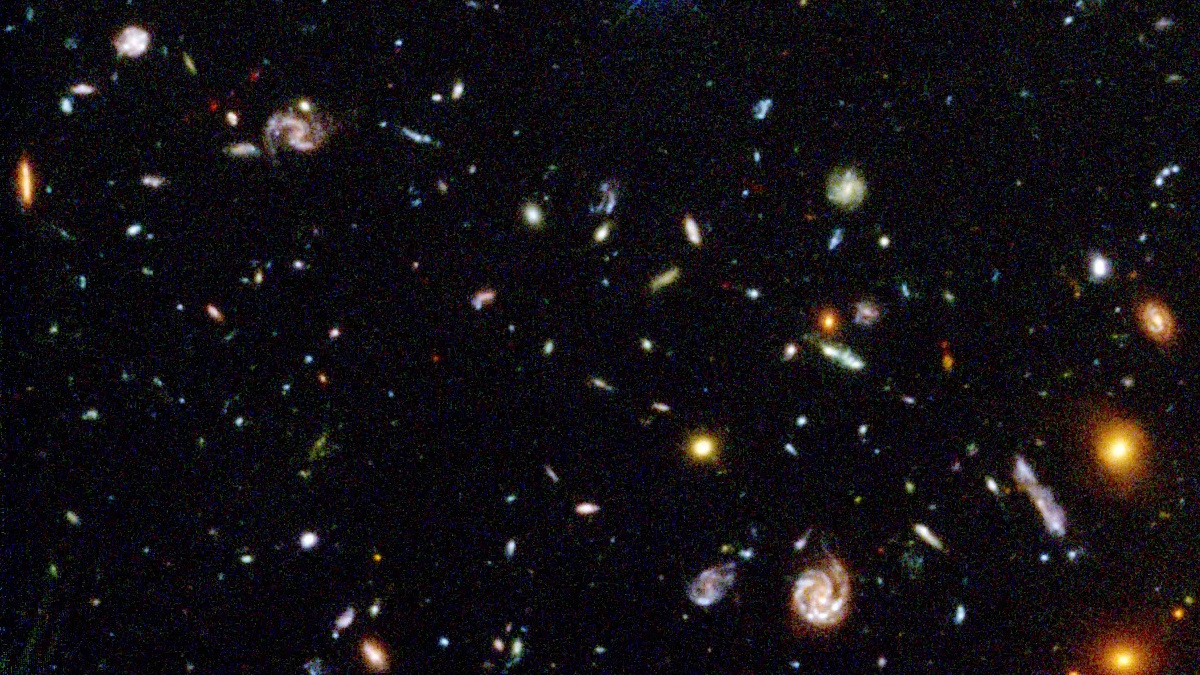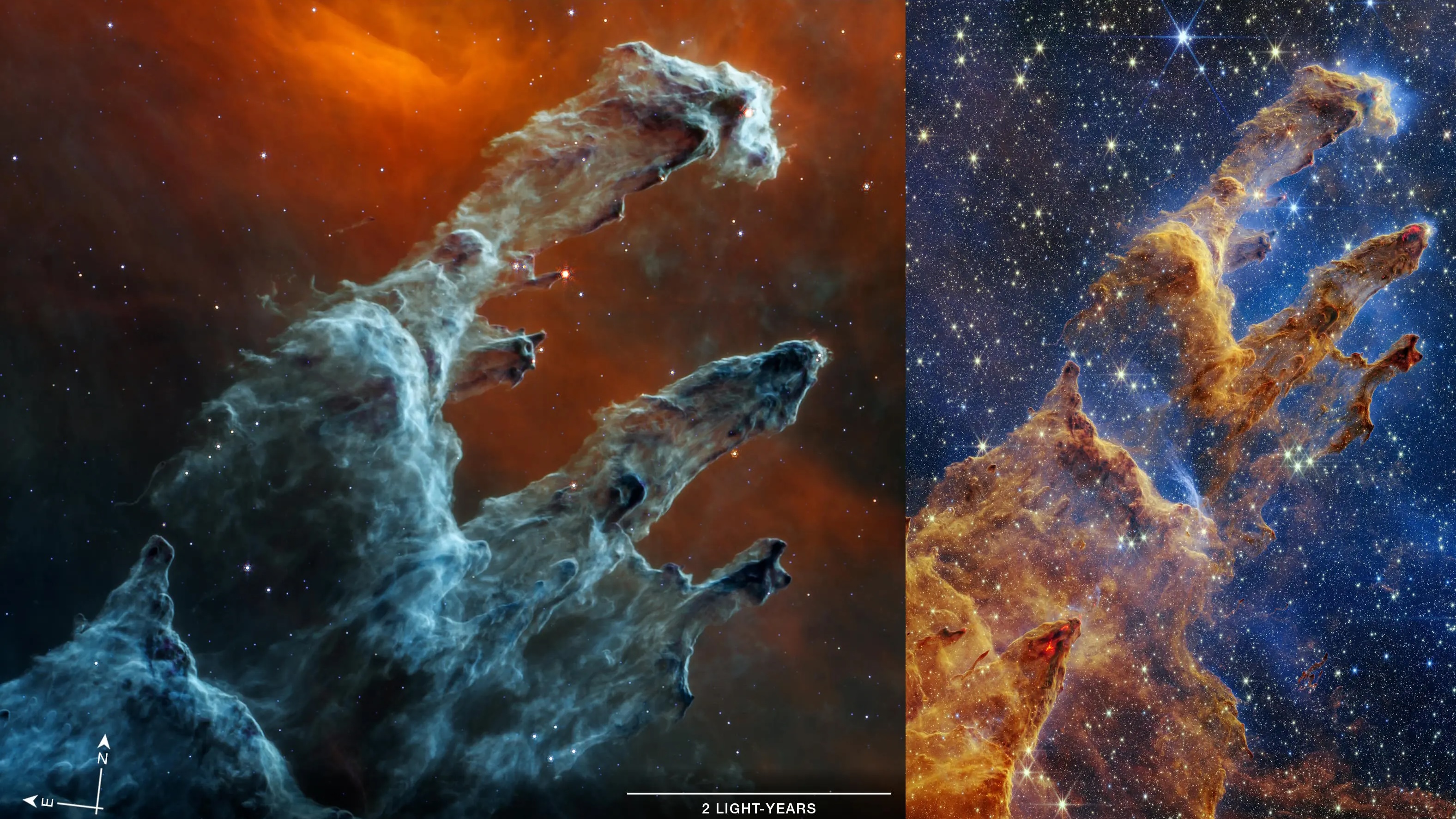Why do telescopes have holes in the middle?
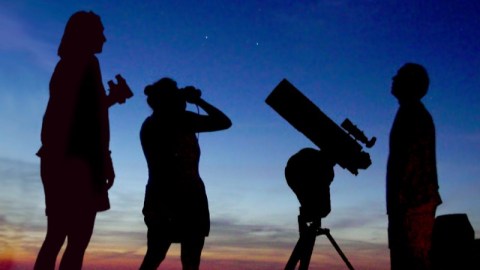
It’s actually better to not catch that extra light. Here’s why.
“A mouse does not rely on just one hole.” –Plautus
If you want to see farther, deeper and more detailed into the Universe, you gather more light.
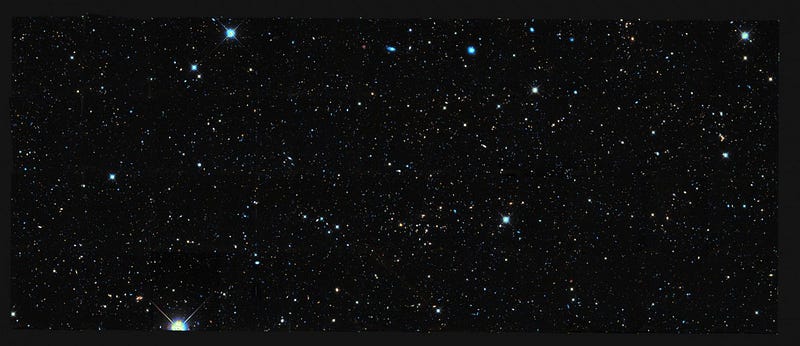
You accomplish by either observing for longer, collecting more photons, or by building a bigger telescope.
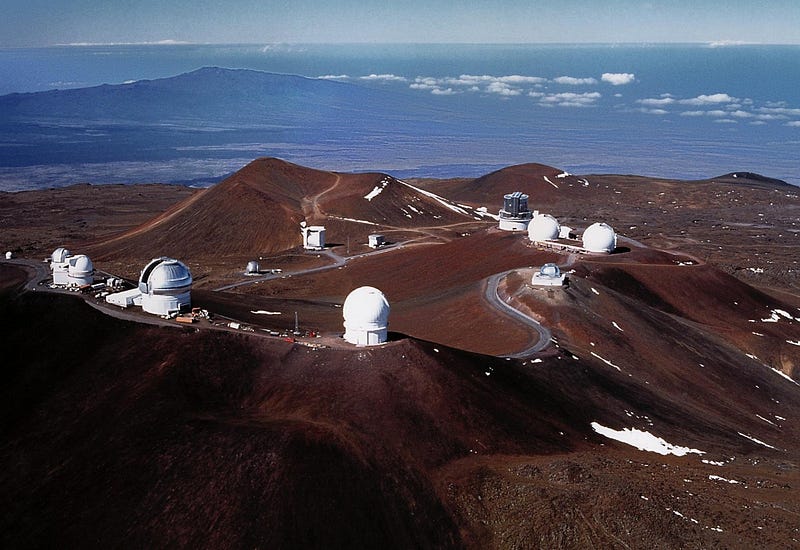
The larger the diameter of your primary mirror (or lens), the more light you can collect at once.
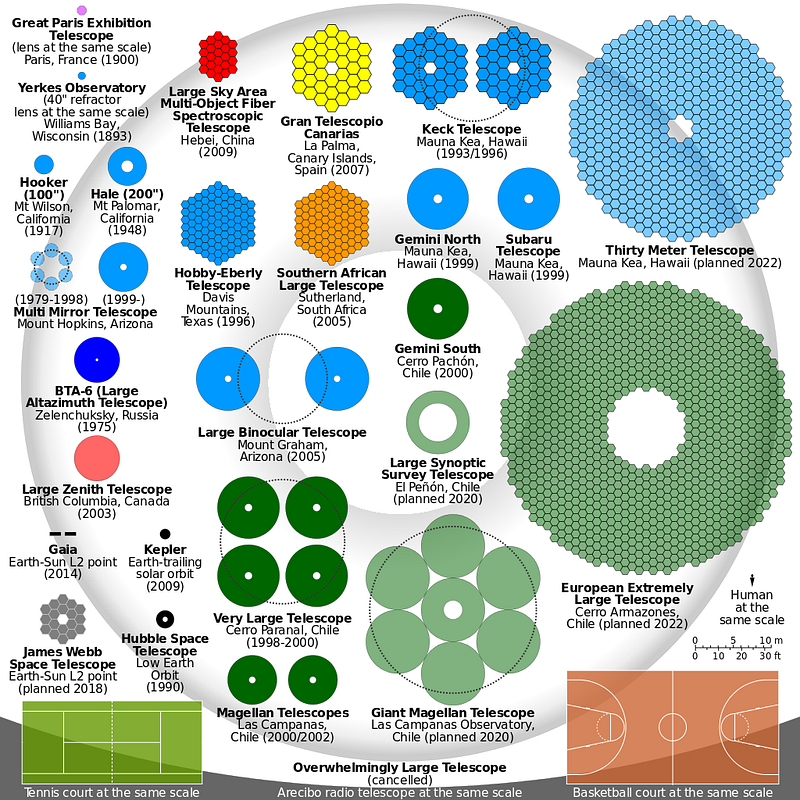
Doubling your diameter actually quadruples the amount of light you can pick up.
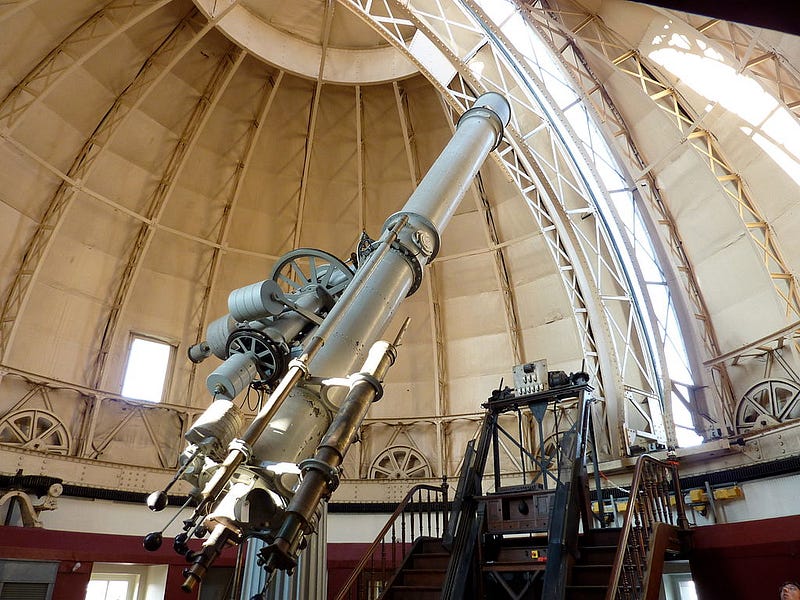
You can build a refracting telescope, where the lens focuses the light, as large as you want, with no problem. But lenses are heavy, expensive, and limited in size by practical constraints.
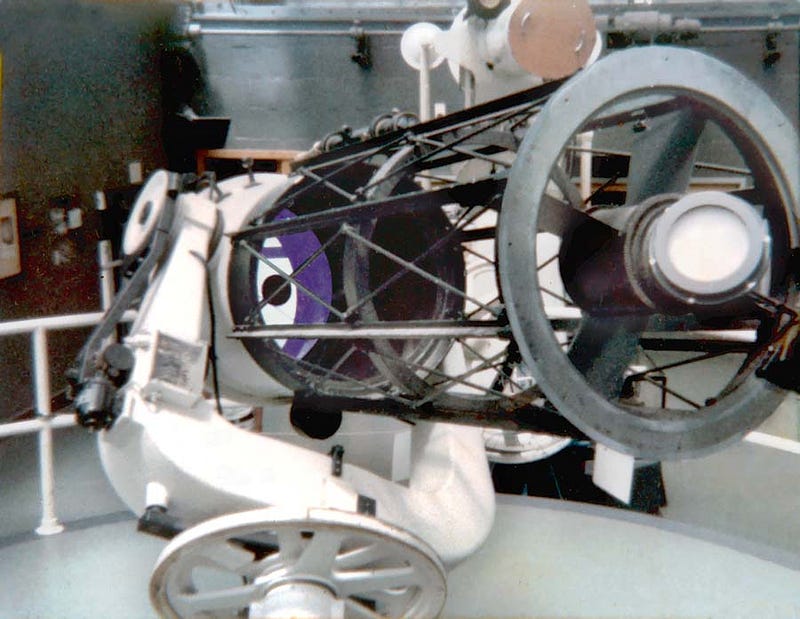
Reflecting allows you to go bigger, since large (or segmented) mirrors are easier to build than lenses, but the light must be focused in front of the primary mirror.
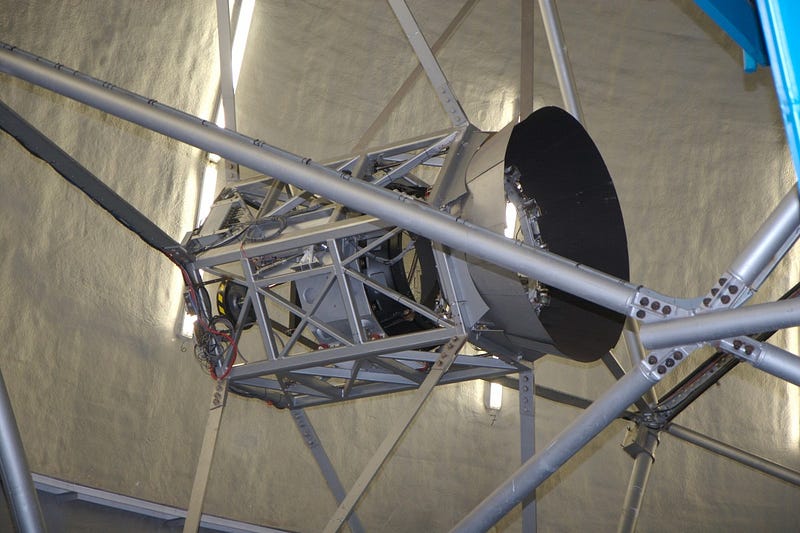
That means you need a secondary mirror/apparatus, which otherwise interferes with the incoming light and produces unwanted image artifacts.
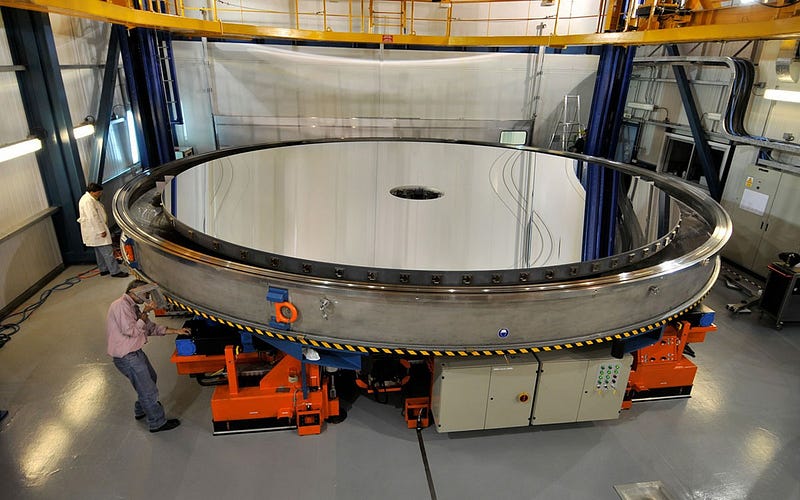
Leaving a gap in the primary mirror’s center alleviates this problem completely.
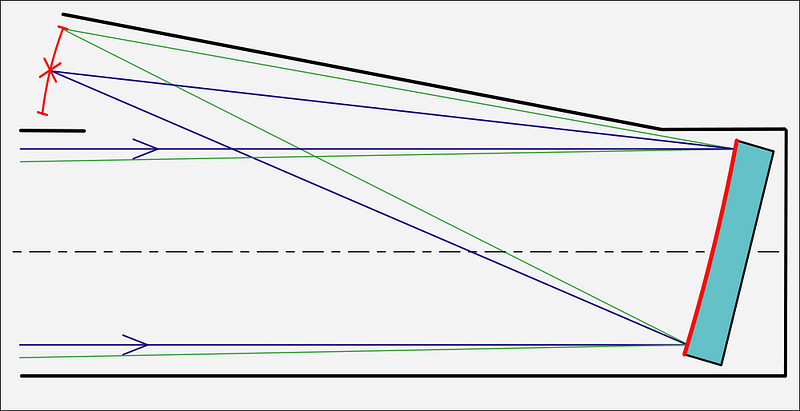
Alternatively, you could have the light focused off-axis, but you wind up obtaining less light overall that way.
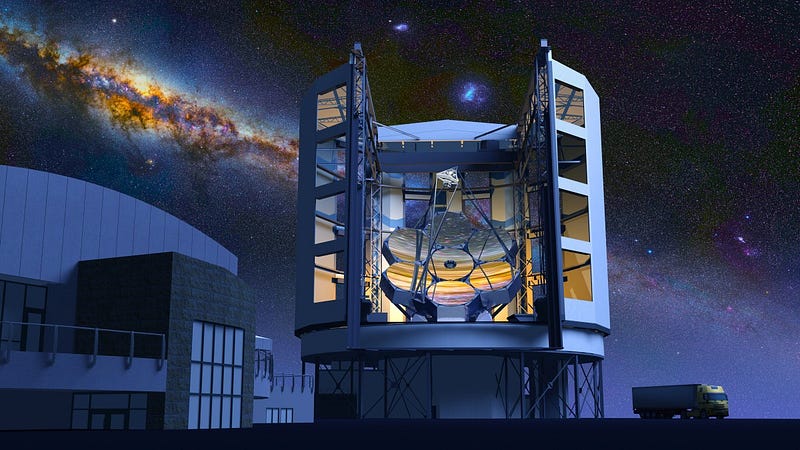
Adding a hole actually improves your image overall, maximizing the useful light you gather, without extra errors.
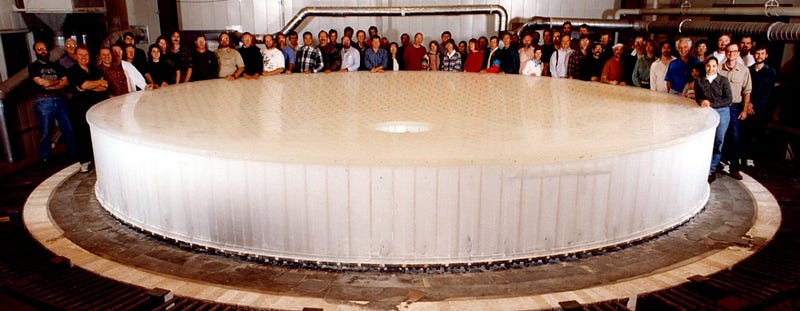
Mostly Mute Monday tells the story of a single astronomical phenomenon or object in visuals, images and video in no more than 200 words.
Leave your comments on our forum, and check out our first book: Beyond The Galaxy, available now, as well as our reward-rich Patreon campaign!

